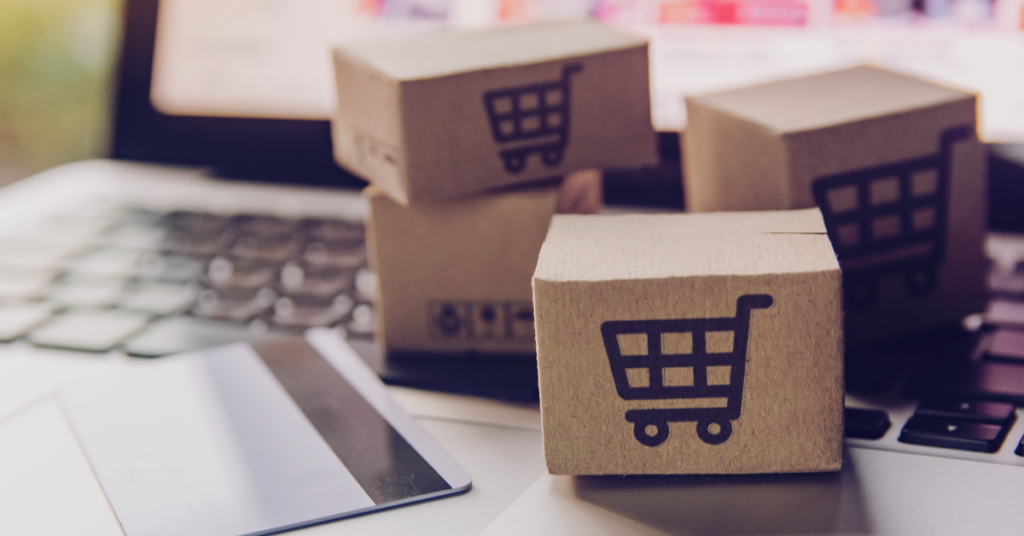While a lot of brands tend to focus on personalising the browsing and purchasing experience, few fully consider the benefits of creating a personalised delivery experience.
Personalisation in eCommerce is hardly a new concept – it’s been the talk of the town for what feels like forever. What started with offering special discounts on customers’ birthdays has developed into machine learning, intelligent product recommendations and real-time behavioural triggers. It’s no secret that customers crave personalisation – in fact, 80% of frequent shoppers only buy from brands that offer personalised experiences. So it’s no wonder that retailers are working hard to deliver customised content to shoppers.
Read on to discover three ways you can create a more personalised delivery experience.

1. Delivery Begins at Checkout
The delivery process begins at checkout. While you’re making checkout as frictionless as possible with auto-filled forms and localised payment methods, plenty of action can be taken to personalise delivery options too.
Enabling multiple saved addresses in customer accounts is great. But hands up if you’ve ever rushed through a transaction only to discover that it’ll be shipped to your default address, which happens to be your mouldy apartment or previous workplace from 5 years ago? Set up a trigger-based email to go out to anyone in your customer base who has used multiple addresses over an extended time period (for example, 2 years). Encourage them to review/update their information and choose a default address to ensure the best delivery experience possible.
Similarly, brands can encourage shoppers to choose a default delivery method to improve their checkout experience. Timed-delivery slots are also a powerful form of delivery personalisation – giving customers the opportunity to choose a delivery date and time based on their individual availability and preferences.

2. Think Inside the Box
The delivery experience should be memorable for all the right reasons. Including a personalised note in a package can go a long way to make a lasting impression. This is something that’s very doable for smaller businesses, but how can larger brands manage it at scale? One word – segmentation. By segmenting your customers into categories based on their past purchases, retailers can include customised discount cards, marketing inserts, or even free samples in their delivery boxes. For instance, a multi-brand retailer could include a 20% discount code card to be used on homewares to those whose last two purchases have included products in this category, using clever copy to show customers that you know where their interests lie:
“Hey you – looks like you’re a bit of an interiors nut! Here’s 20% off your next homewares haul”
You could also include a printed homeware catalogue in the package to share some highly-relevant homeware inspiration.

3. Create a Feedback Loop
Personalisation at its very core is all about having customers feel like you understand them. One of the most effective ways that you can do this is by creating a feedback loop, to better understand your customers’ preferences. In a post-GDRP era, it can be tricky to gather data the same way that you once did – particularly with the sunset of third-party cookies by Google. However, all is far from lost in the quest to better understand your customers – thanks to zero-party data.
Zero-party data is information that is proactively and intentionally shared by customers in exchange for a more personalised experience. Two-thirds of consumers are happy to share their data in exchange for something of value in return. Some of the most common ways that brands can gather zero-party data are through quizzes, polls, and preference centres.
For example, a toy brand could ask customers to take a quiz with multiple-choice questions about their children’s ages, what kinds of toys they like to play with, the types of books they enjoy reading – you get the idea. A quiz like this could also include questions directly related to deliveries – such as how quickly they usually need to receive their orders, whether they prefer home delivery or click and collect, etc. The brand can then use this data to display personalised product recommendations, and also highlight preferred delivery options at checkout. They could also use the information to trigger delivery-specific offers to customers, such as free delivery the week before their son or daughter’s birthday.
Personalisation can be applied to every step of the customer journey in eCommerce. As delivery is the final interaction that brands have with their customers, there’s a huge opportunity to create a personalised delivery experience and successfully keep shoppers coming back to you time and time again.
Want to find out more about how Scurri can help you take the hassle out of deliveries? Take control of your delivery management and talk to us today!

AUTHOR
Michelle McSweeney Content Marketer
